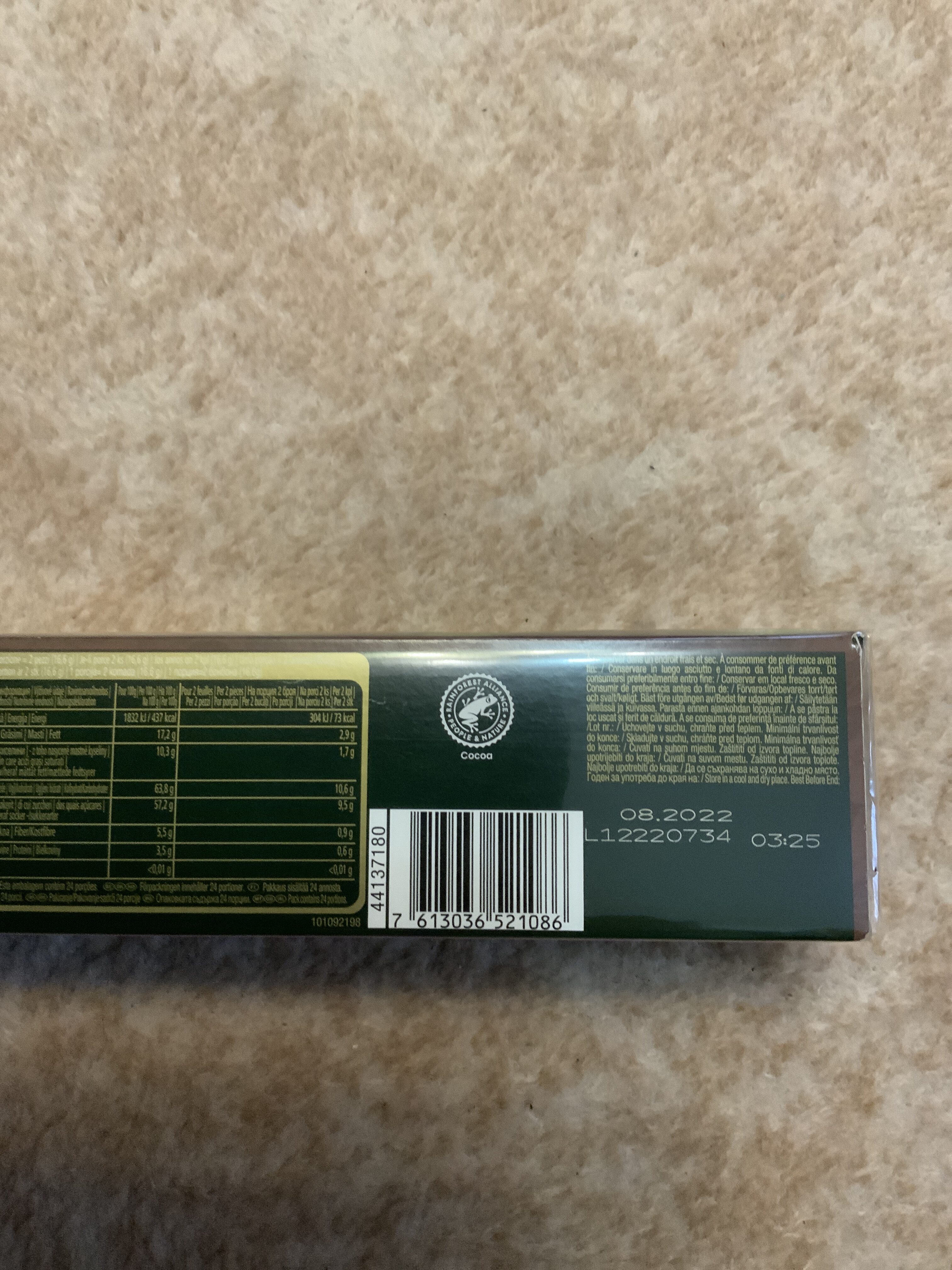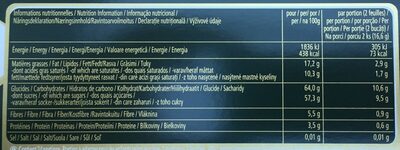AFTER EIGHT chocolat intense menthe - 400g
This product page is not complete. You can help to complete it by editing it and adding more data from the photos we have, or by taking more photos using the app for Android or iPhone/iPad. Thank you!
×
Barcode: 7613036521086 (EAN / EAN-13)
Quantity: 400g
Packaging: fr:boîte carton
Brands: After Eight
Categories: Snacks, Sweet snacks, Cocoa and its products, Confectioneries, Chocolate candies
Countries where sold: France, Switzerland
Matching with your preferences
Environment
Packaging
Transportation
Report a problem
Data sources
Product added on by openfoodfacts-contributors
Last edit of product page on by inf.
Product page also edited by ecoscore-impact-estimator, foodrepo, kiliweb, niya, packbot, yuka.WllrSFM3eFpoUFFOZy9FYTJVN1ExTzlhd0tPRWIxcWxjTFljSVE9PQ, yuka.ZEo5Y040c3Jnc0VyZzhkdi9BbjcyZlJWNnFQeVpHT1ZKOUFBSWc9PQ, yuka.sY2b0xO6T85zoF3NwEKvlmt2fouHgzz8KE3TulDR6NicEIzxXY5t_4vcGas.









